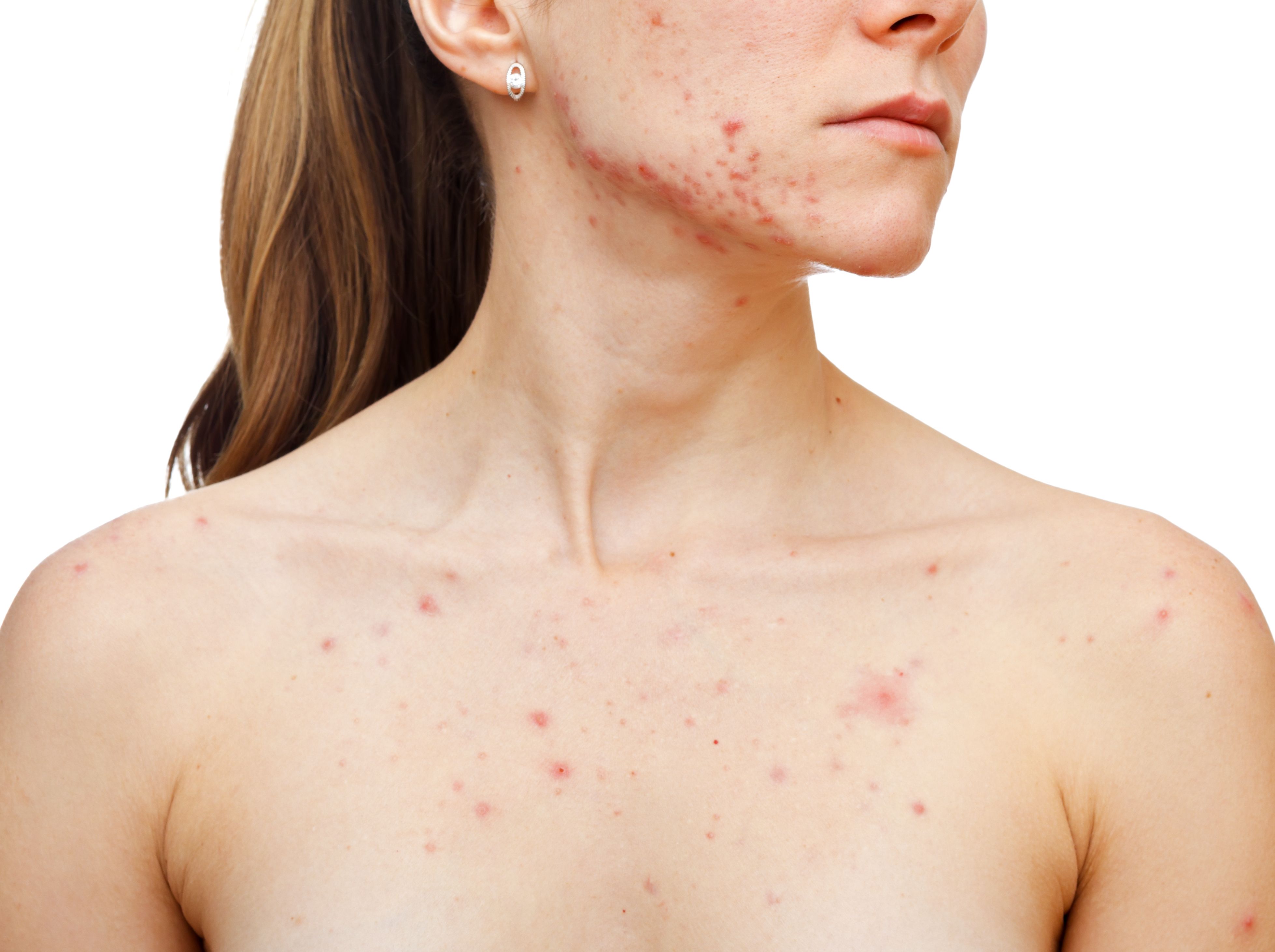- Acne
- Actinic Keratosis
- Aesthetics
- Alopecia
- Atopic Dermatitis
- Buy-and-Bill
- COVID-19
- Case-Based Roundtable
- Chronic Hand Eczema
- Drug Watch
- Eczema
- General Dermatology
- Hidradenitis Suppurativa
- Melasma
- NP and PA
- Pediatric Dermatology
- Pigmentary Disorders
- Practice Management
- Precision Medicine and Biologics
- Prurigo Nodularis
- Psoriasis
- Psoriatic Arthritis
- Rare Disease
- Rosacea
- Skin Cancer
- Vitiligo
- Wound Care
Article
How to treat adult female acne
Author(s):
Hilary Baldwin, M.D., discusses the nuances of adult female acne and its treatments in her presentation at the Fall Clinical Dermatology Conference in Las Vegas.
“The psychological ramifications of acne are more significant in adult women than for teenagers, according to the literature,” says Dr. Baldwin. (OcskayBence - stock.adobe.com)

Hilary Baldwin, M.D.

Adult females with acne are particularly susceptible to psychological overlay.
“The psychological ramifications of acne are more significant in adult women than for teenagers, according to the literature,” says Hilary Baldwin, M.D., medical director of the Acne Treatment and Research Center in Brooklyn, N.Y. “Although teenagers are devastated by their disease, they at least look like all their fellow teenagers. They do not stand out in a crowd the way an adult female does.”
RELATED: The psychosocial burden of acne
Dr. Baldwin also notes that acne lesion type and location are fairly standard in teenagers, but may differ in adult females, who fall into two categories: acne similar to teenagers or acne of the lower face and neck, often devoid of comedones.
“These two types of acne often call for different treatments due to lesion type, the skin sensitivity inherent to the older woman and the chronic nature of the disease,” explains Dr. Baldwin, who spoke on adult female acne at the Fall Clinical Dermatology Conference. “Women who have acne at age 25 are liable to have the disease until menopause.”
The good news is that compared to a teenager, an adult female is more likely to be compliant with her medications.
To treat adult female acne, dermatologists often turn to hormonal treatments, which include oral contraceptives and oral spironolactone. “Both of these drugs are highly effective,” said Dr. Baldwin, noting that the dosage regimen for spironolactone is 25 mg to 100 mg daily with food.
Despite a relative lack of evidence-base data about spironolactone, “the consensus among acne experts is that it is highly effective,” Dr. Baldwin says.
As for the best contraceptive, “there is no standout,” she notes.
The side effect profile oral spironolactone is highly favorable as well. “The concerns that led to a black box warning for spironolactone in the package insert are unfounded in the human literature,” Dr. Baldwin adds.
RELATED: Acne treatment alternatives to know
One challenge in treating the adult female acne patient is the possibility of eventual pregnancy or lactation. “Although limited, there are safe medications to use during pregnancy,” Dr. Baldwin says. “Often, non-dermatologists recommend suspending all treatment during pregnancy, but this is not medically necessary.”
Apart from pharmacologic therapies, laser and light treatments, acne surgery and intralesional corticosteroids are often underused in pregnancy. During lactation, though, more medications are available for use, including all topical acne drugs.
“The bottom line is adult women with acne deserve special therapeutic considerations,” Dr. Baldwin says. “Treatment should not be automatically withheld while pregnant or lactating.”
Disclosures:
Dr. Baldwin reports no relevant financial disclosures.
References:
Baldwin, HE. Female Acne. Presented at: 2019 Fall Clinical Dermatology Conference; October 18, 2019; Las Vegas, NV.
Newsletter
Like what you’re reading? Subscribe to Dermatology Times for weekly updates on therapies, innovations, and real-world practice tips.











